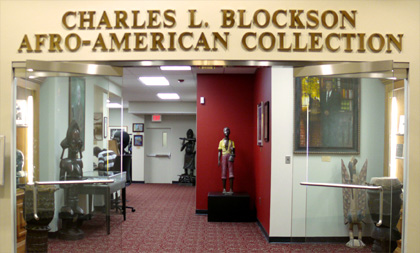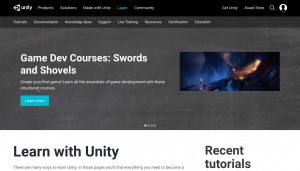By Jasmine Clark
In a previous blog post I wrote about virtual reality as an educational tool. I focused more on the digital asset lifecycle of 3D assets, and briefly mentioned additional concerns around access. In this post I would like to get more into the actual project I am planning around this research. The intent is to create a replicable workflow, from the creation of a 3D learning module to its presentation and preservation. This learning module, derived from the Blockson Collection and aimed at a K-12 audience, will include 3D assets generated utilizing photogrammetry as well as any additional assets generated from its assembly in Unity.
There will be a combination of materials that users are able to interact with placed within a virtually replicated Blockson reading room. I will be working in tandem with Alex Wermer-Colan, a CLIR Postdoctoral Fellow in Temple’s Digital Scholarship Center and Jordan Hample, Academic Information Technology and Support Technician. Digitization, creation, publication, and preservation will all be done utilizing resources readily available within the Digital Scholarship Center, with the intent of being entirely replicable by anyone with access to Temple University’s resources. A LibGuide will also be created for those looking to learn more about virtual reality. As the project goes forward, future posts will discuss progress and challenges. The intended audience for this module will also be narrowed down after further planning. For now, those looking to learn more about virtual reality, or its use in education, should check out the following resources:
Preservation:
A Rift in Our Practices?: Toward Preserving Virtual Reality
Education:
Real Uses of Virtual Reality in Education: How Schools are Using VR

